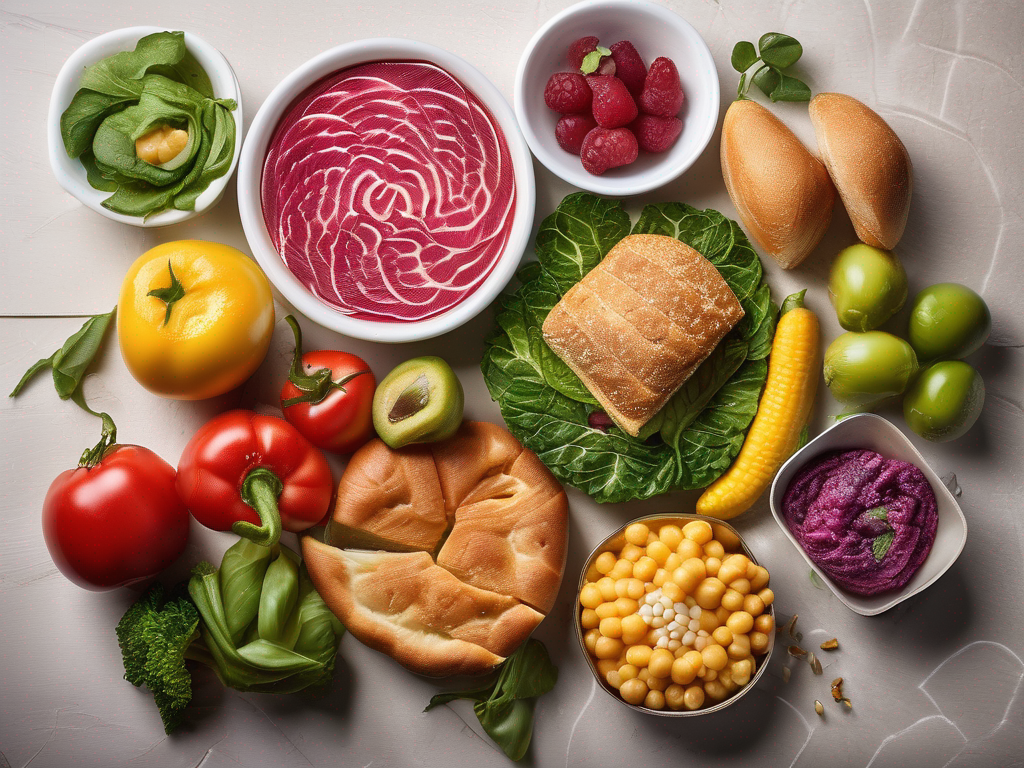
Can Food with Mayonnaise be Frozen?
Get Your Free Food Safety Cheat Sheet
30 most common foods with instant answers. Print it and stick it on your fridge—completely free!
Can Food with Mayonnaise be Frozen?
Mayonnaise is a popular condiment that adds flavor and creaminess to many dishes. However, when it comes to freezing foods that contain mayonnaise, there are some important considerations to keep in mind. In this blog post, we will explore whether or not food with mayonnaise can be frozen safely, as well as provide you with practical tips for ensuring food safety and quality.
Understanding Mayonnaise
Mayonnaise is a mixture of oil, eggs, and vinegar or lemon juice, seasoned with salt and other spices. It is an emulsion, meaning that the oil and water in the mixture are held together by the lecithin in the egg yolks. This emulsion gives mayonnaise its creamy texture and helps it bind ingredients together in dishes like salads and sandwiches.
Can You Freeze Food with Mayonnaise?
Freezing mayonnaise can alter its texture and consistency, leading to separation or a grainy texture when thawed. While freezing mayonnaise itself is not recommended, dishes that contain mayonnaise can be frozen under certain conditions. Here are some guidelines to consider:
Foods that Can be Frozen with Mayonnaise:
- Casseroles: Casseroles that contain mayonnaise as part of the dish can be frozen. Ensure the casserole is cooked before freezing.
- Dips: Dips like spinach or artichoke dip that contain mayonnaise can be frozen, but the texture may change slightly upon thawing.
- Salads: Salads like coleslaw or potato salad that have a mayonnaise-based dressing can be frozen, but the vegetables may become softer after thawing.
Foods that Should Not be Frozen with Mayonnaise:
- Sandwiches: Sandwiches with mayonnaise should not be frozen as the mayonnaise can separate and make the bread soggy when thawed.
- Salads with Fresh Vegetables: Salads with fresh vegetables like lettuce or tomatoes should not be frozen as they will become mushy and lose their crispness.
Tips for Freezing Food with Mayonnaise
When freezing food that contains mayonnaise, follow these tips to maintain quality and safety:
- Use Fresh Ingredients: Start with fresh ingredients to ensure the best quality after freezing and thawing.
- Cool Before Freezing: Allow the dish to cool to room temperature before freezing to prevent condensation.
- Use Airtight Containers: Store the food in airtight containers or freezer bags to prevent freezer burn and off-flavors.
- Label and Date: Always label the containers with the contents and date of freezing for easy identification.
- Thaw Properly: Thaw the frozen dish in the refrigerator to maintain its texture and flavor.
Safety Considerations
When freezing food with mayonnaise, it's essential to practice proper food safety to prevent foodborne illnesses. Here are some safety considerations:
- Storage Temperature: Keep the frozen food at 0°F (-18°C) or below to prevent bacterial growth.
- Storage Time: Consume the frozen food within 1-2 months for the best quality.
- Thawing Safety: Thaw food in the refrigerator or microwave, not on the countertop, to avoid bacterial contamination.
Conclusion
In conclusion, while freezing mayonnaise itself is not recommended, dishes that contain mayonnaise can be frozen with some precautions. By following the tips and safety considerations outlined in this blog post, you can enjoy your favorite mayonnaise-based dishes even after freezing. Remember to pay attention to the quality and texture of the food after thawing to ensure a safe and enjoyable eating experience.
Authoritative Food Safety References
These agencies and university labs inform every tip and health precaution we publish.
USDA FoodKeeper – Cold Storage Guidelines
Official refrigerator, freezer, and pantry timelines maintained by the U.S. Department of Agriculture.
Visit USDA FoodKeeperFDA Produce Safety Rule & Grower Guidance
Field-to-fridge handling practices that prevent contamination of fruits, vegetables, and leafy greens.
Visit FDA Produce SafetyCDC Foodborne Illness Prevention Hub
Surveillance-backed guidance on pathogens, symptoms, and steps to reduce foodborne illness risk.
Visit CDC Food SafetyUC Davis Postharvest Technology Center
University research detailing optimal storage atmospheres for produce after harvest.
Visit UC Davis PostharvestPenn State Extension – Home Food Preservation & Safety
Peer-reviewed extension bulletins on safe canning, chilling, and reheating practices.
Visit Penn State ExtensionGet Your Free Food Safety Cheat Sheet
30 most common foods with instant answers. Print it and stick it on your fridge—completely free! Want more? Upgrade to the complete guide with 70+ foods.
Scan your food directly and get instant safety info using our AI-powered camera feature.